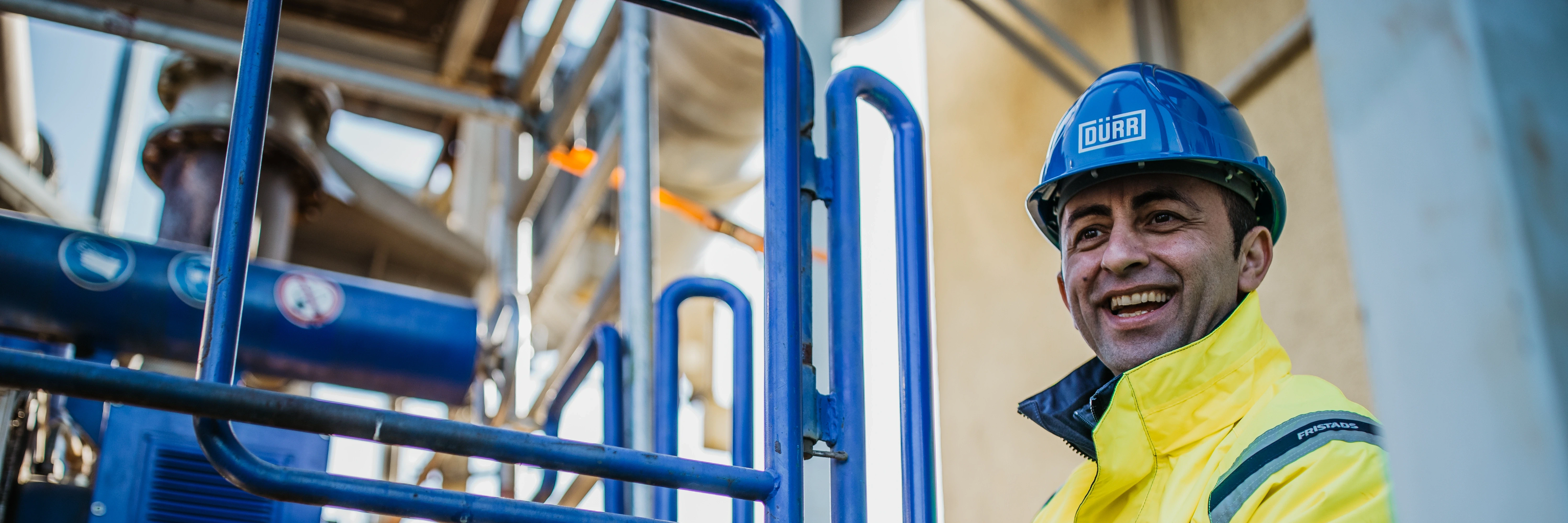Lead with confidence! Manage the functional safety of your plant’s equipment
As the person assigned to manage functional safety—or the authority having jurisdiction—over exhaust air purification and incineration systems in your plant, maintaining the highest safety and health standards is crucial. Understanding the required frequency of safety audits and knowing what to consider can feel overwhelming. With Dürr's expertise, you can keep your systems updated with the latest technology and avoid costly downtime due to obsolete electrical components.
Act before it's too late
The international standard for Machinery Safety warns: Exceeding a specified lifetime or test interval can lead to a deterioration in safety or create a hazardous situation.
It’s essential to ensure that your maintenance staff is trained on the weekly, monthly, and annual checks required to keep your system operating safely, and that you have the most current Operation & Maintenance (O&M) manual. Dürr can assist by providing updated O&M manuals and refresher training as needed.
Additionally, several system components may require regular calibration or certification to ensure ongoing safe operation. Required safety inspections and calibrations are a critical part of your responsibility.
When should you act?
Environmental permits, along with FM and IEC standards, require regular safety inspections and leak testing. We recommend performing a functional safety check of your system annually to verify proper operation and detect any wear. In addition, a comprehensive audit should be conducted every 7-10 years to identify and address obsolete components.
Key safety considerations
A safety audit may be necessary if any of the following apply to your equipment:
- Has equipment been recently upgraded? Have updates preserved the integrity of functional safety systems?
- Were components replaced during maintenance? Do they still function as originally designed?
- Is there a gas-fired burner and gas train requiring an annual leak test?
- Are all machine safety features still present and fully operational?
- Have there been changes to fit, form, or function that could require a broader safety review?
- Was any equipment relocated from another facility?
- Have fuel types or plant supply pressures recently changed?
Any of these situations should be considered red flags indicating the need for a safety audit.
Partner with an expert
Working with the original equipment supplier can help ensure your team stays current on necessary maintenance, upgrades, and inspections.
Beyond conducting inspections, environmental permits and safety standards require recordkeeping of operational and safety checks.

